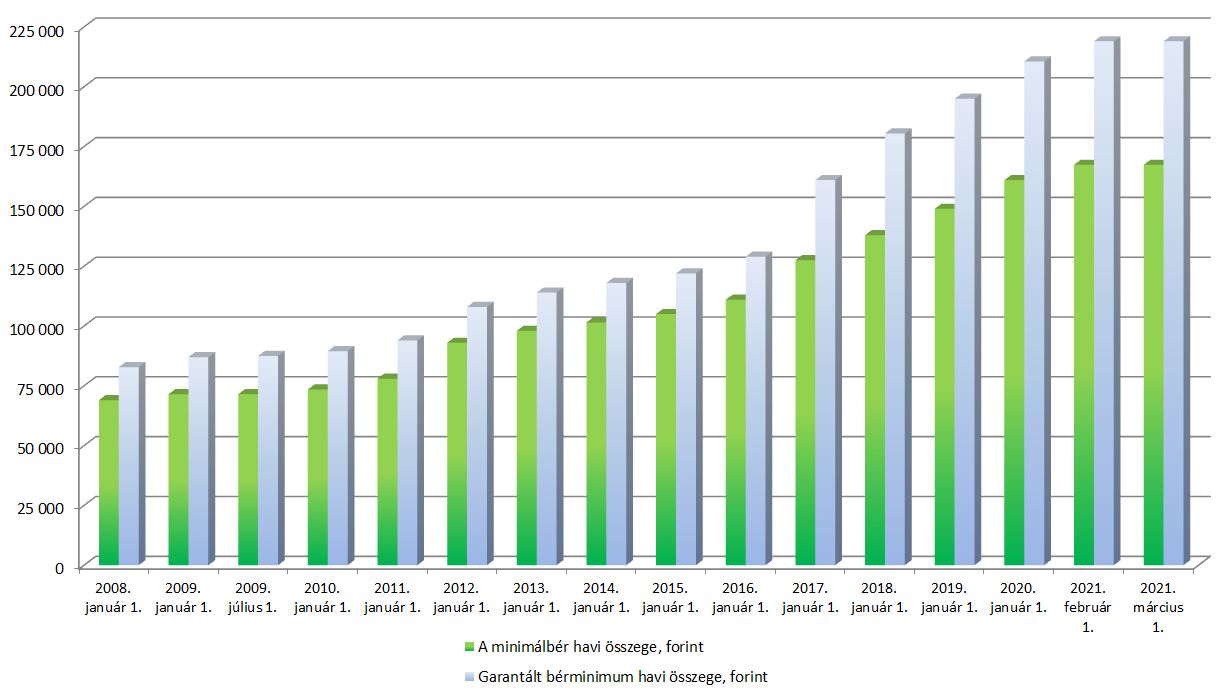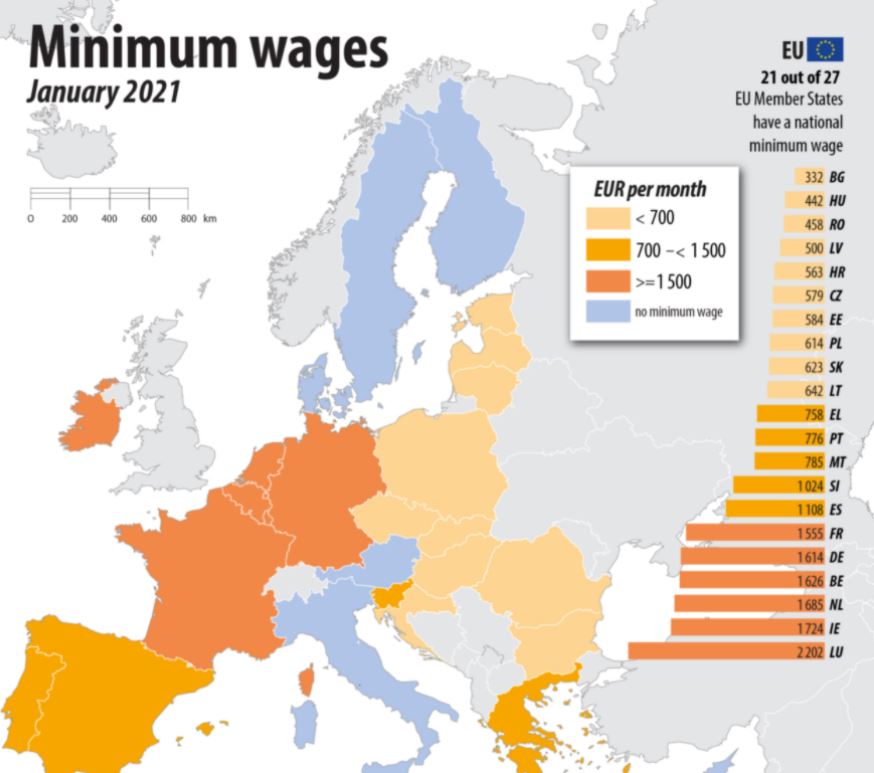200 thousand forint minimum wage would affect 224 thousand people in Hungary
EnglishIf Viktor Orbán's plan to raise the minimum wage is implemented, it will mean an almost threefold increase from a decade ago. The minimum wage is currently 167,400 forints in Hungary.
According to Viktor Orbán's announcement, the goal is to raise the minimum wage to 200,000 forints. The Prime Minister says, however, if this is pushed on the SME sector, it will lead to higher unemployment. Therefore, the higher minimum wage is only feasible if resources can be provided or taxes are reduced.
How many people would be affected by this step?
According to a Central Statistical Office (KSH) report, 224 thousand people had earnings not more than the minimum wage in the first quarter of this year.
There are favourable trends in the background, as more and more people are earning more than the minimum wage, as Sándor Bodó had also pointed out earlier.
The State Secretary for Employment Policy of the Ministry of Innovation and Technology said that from 2017 to 2020 the number of people earning minimum wage fell by 35 percent to less than 250,000.
Changes in the minimum wage
In 2010, the minimum wage was just over 70,000 forints. By the beginning of February 2021, it had risen to 167,400. Changes in the minimum wage - and for the sake of completeness - also the guaranteed wage minimum are shown in the graph below.
Minimum wage and guaranteed wage minimum in Hungary

Source: Central Statistical Office, növekedés.hu
Higher living standards
Minimum wages have been catching up with average earnings. While they accounted for less than 35 percent of average gross earnings in 2008, this ratio was already 40 percent in January 2020.
Poverty and social exclusion
According to KSH data, partly as a result of rising wages, the number of people at risk of poverty or social exclusion practically halved between 2010 and 2019.
In 2019, 1,695,000 people were at risk of poverty or social exclusion, i.e. 17.7 percent of the total population. In 2010, however, that rate was 31.5 percent.
Those people are considered to be at risk of poverty or social exclusion that are living in a household where the net income is less than 60 percent of the median income, are unable to afford basic consumer goods, or work less than one-fifth of their total work potential.
Regional comparison
Although the Hungarian minimum wage more than doubled between 2010 and 2021, its amount in euros is still rather low in a European comparison: Hungary is ahead only of Bulgaria in the EU ranking.
Monthly minimum wages in euros in EU countries, January 2021

Source: Eurostat
In order for Hungary to be able to make up the difference faster, higher qualifications and increased productivity would be needed, among other things.
Inflation
The plans were revealed at the right time, as there has been a significant rise in food prices throughout the Central and Eastern European region recently, and fuel and consumer goods prices have also risen considerably. This mainly hits the poorer parts of the population, for whom a 30 thousand forint increase in the minimum wage would be a great help.
